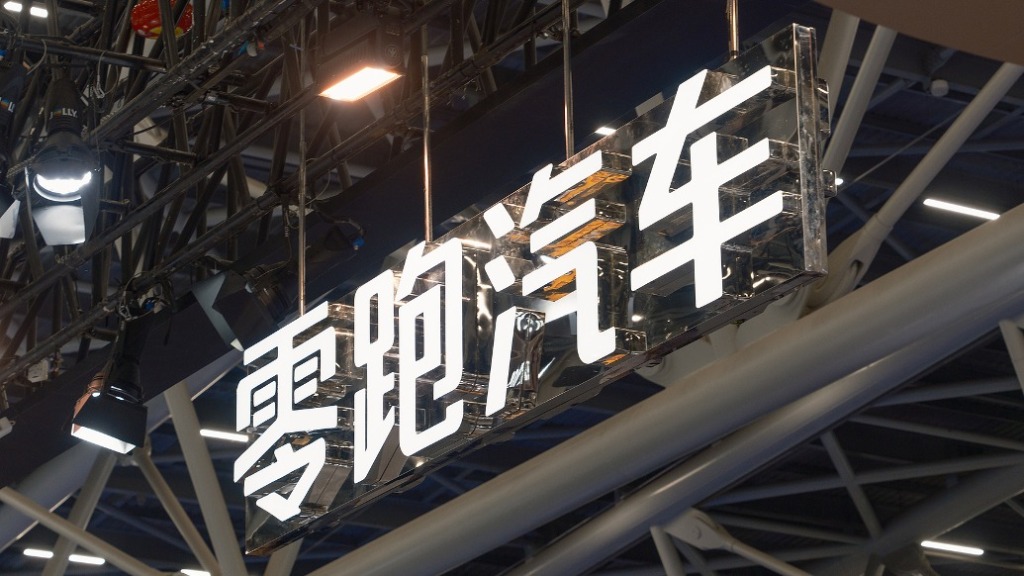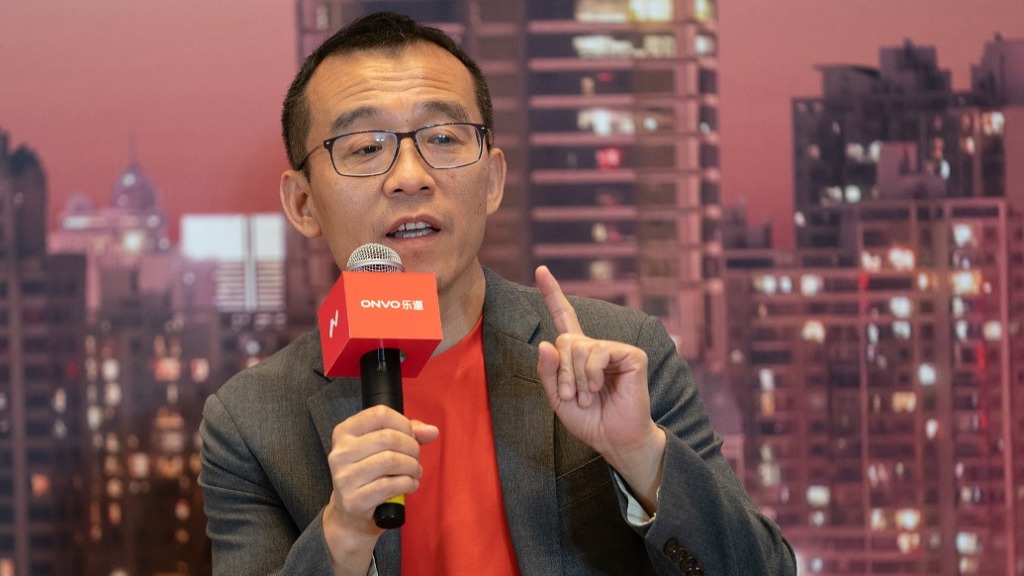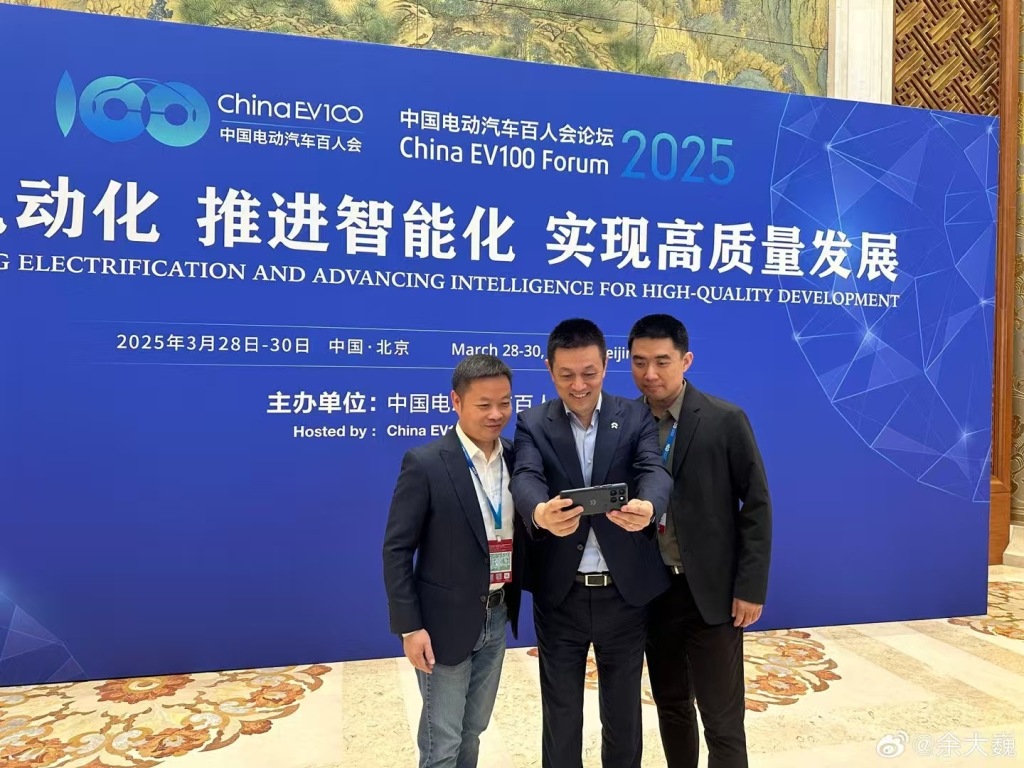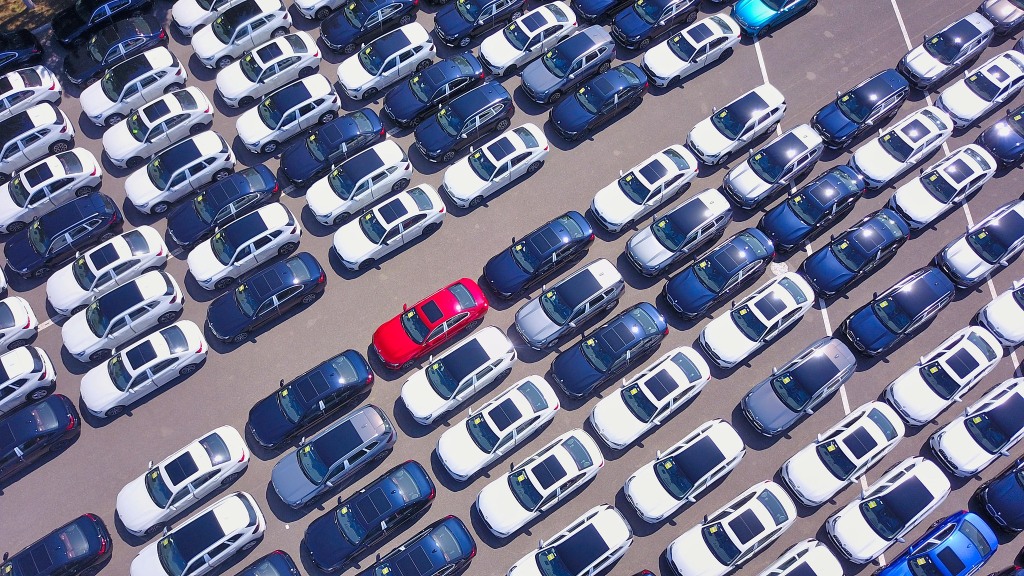
In March 2025, China's new energy vehicle market ushered in a new round of growth. Driven by multiple favorable factors such as the continuation of the national subsidy policy, the increase in old-for-new subsidies and the spring auto show, the penetration rate of new energy vehicles rose to 54.1% in March.
In this sales race, Leapmotor topped the sales list of new forces for the first time, followed closely by Ideal and Xpeng. The industry landscape is being reshaped by the wave of technological innovation.

Leapmotor delivered 37,095 vehicles in March, up 154.65% year-on-year and 46.7% month-on-month. Official data showed that the pre-sale B10 model (starting price 109,800 yuan) received over 31,600 orders in 48 hours. Its cost-effective strategy of "surrounding the city with the countryside" and global layout are changing the market landscape.
Ideal Auto followed closely with 36,674 vehicles delivered, up 26.5% year-on-year, and 92,864 vehicles delivered in the first quarter. Although the L series model price cut of 38,000 yuan stimulated demand, Ideal still needs to accelerate its sprint to meet the internal annual target of 700,000 vehicles. However, the extended-range technology precisely meets the needs of family users, and its competitiveness in the market above 300,000 yuan is still strong.
Xpeng Motors delivered 33,205 vehicles in March, up 268% year-on-year, breaking the 30,000-vehicle mark for five consecutive months. Technological iteration has become the core driving force of Xpeng, and its XNGP 4.0 system has been expanded to 200 cities, with the user payment rate increased to 35%. At the same time, Xpeng is accelerating its expansion of overseas markets, and the layout of the Indonesian market may become a new growth point.
Xiaomi Motors, which has recently become the focus again due to a car accident, delivered more than 29,000 vehicles in March, a month-on-month increase of 50%. However, its order backlog exceeds 150,000 units, and the waiting period for users may exceed 4 months, highlighting production pressure. Xiaomi's Beijing Yizhuang factory is currently operating at overload, and its annual delivery target has been raised from 300,000 vehicles to 350,000 vehicles, and it may need to further expand production by building a new factory.
In contrast, NIO delivered 15,039 vehicles in March, up 26.7% year-on-year, but its sales volume was less than half of that of the top new forces, and its brand competitiveness needs to be strengthened. Although its "battery swap model" has received policy subsidies, its market performance is still mediocre.
Similar to NIO, the Zeekr brand, which had once been firmly in the first tier, sold 15,400 vehicles in March, an increase of 18.5% year-on-year and 9.9% month-on-month, and is gradually being left behind by leading companies.
In the second echelon, Lantu Auto delivered 10,012 vehicles, a year-on-year increase of 64%; Avita delivered 10,475 vehicles, doubling both year-on-year and month-on-month, and its fourth model received over 20,000 pre-sale orders in 26 hours. These brands are expected to achieve breakthroughs in the market segments by attracting users through high-end intelligent driving (such as Huawei ADS 3.0).
Traditional automakers' new energy brands maintained a stable layout. GAC Aion delivered 34,082 vehicles in March, a year-on-year increase of 4.8%; BYD's monthly sales were 377,400 vehicles, a year-on-year increase of 24.8%, continuing to lead the market.
In terms of market trends, technology upgrades, intensified price wars and accelerated globalization have become the three key words.
The China Passenger Car Association analyzed that the early release and implementation of the old-for-new policy this year had a positive impact on the auto market in March. The incremental factors in March were mainly driven by the policy and the natural recovery of the auto market after the holidays. The upcoming Shanghai Auto Show in April will push the competition in the auto market to a new height.


